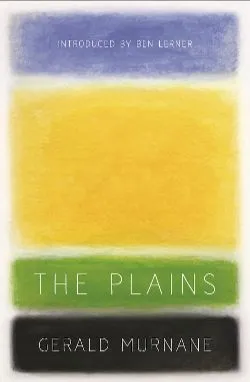
The Plains is a remarkable work of literature. I picked it up after someone had mentioned to me that it was a good treatment of liminality. I went into the book entirely blind, and part of me expected it to be an American Western or about the American Midwest. In fact, it wasn’t about the United States at all: it is a properly Australian work of literature.
The premise is that an unnamed filmmaker visits the plains of Australia in the hopes of producing a film about them. He brings notebooks and copious other stationary and begins to note extensively different characteristics of the region. Before even traveling, he did his research, and read as much of possible of the historical literature. However, when he arrives, he discovers that few people of the plains can agree on what the plains mean at all. They disagree with other peoples’ characterization of “the plains,” and are not afraid to admit it.
Perhaps the single most interesting aspect of the book is a discussion of two artistic factions that dispute the best way to depict the plains: one faction finds it represented better not by the land itself, but by the misty horizon that hangs over it. The other faction relies on images of the wildlife, especially a sort of hare. Long after these factions pass away, future generations make reference to them as they compete.
Unlike depictions of rural peoples in other popular media as rural bumpkins, the world that Murnane depicts is one filled with serious inquiry, philosophical thought, and an unrelenting search for meaning. The plains are home to a rural aristocracy that patronize artists, writers, filmmakers, and other creatives. Our unnamed narrator seeks the patronage of one of these, although he is ultimately unworthy.
Throughout the short novella, the narrator continually refers back to his notes, but the years pass and he never does make a film of them. Rather, the plains become a reflection of himself, and of everyone who inhabits them. There is no way to present this to an outside audience through figurative works: it is a unique experience on which there is no consensus opinion.